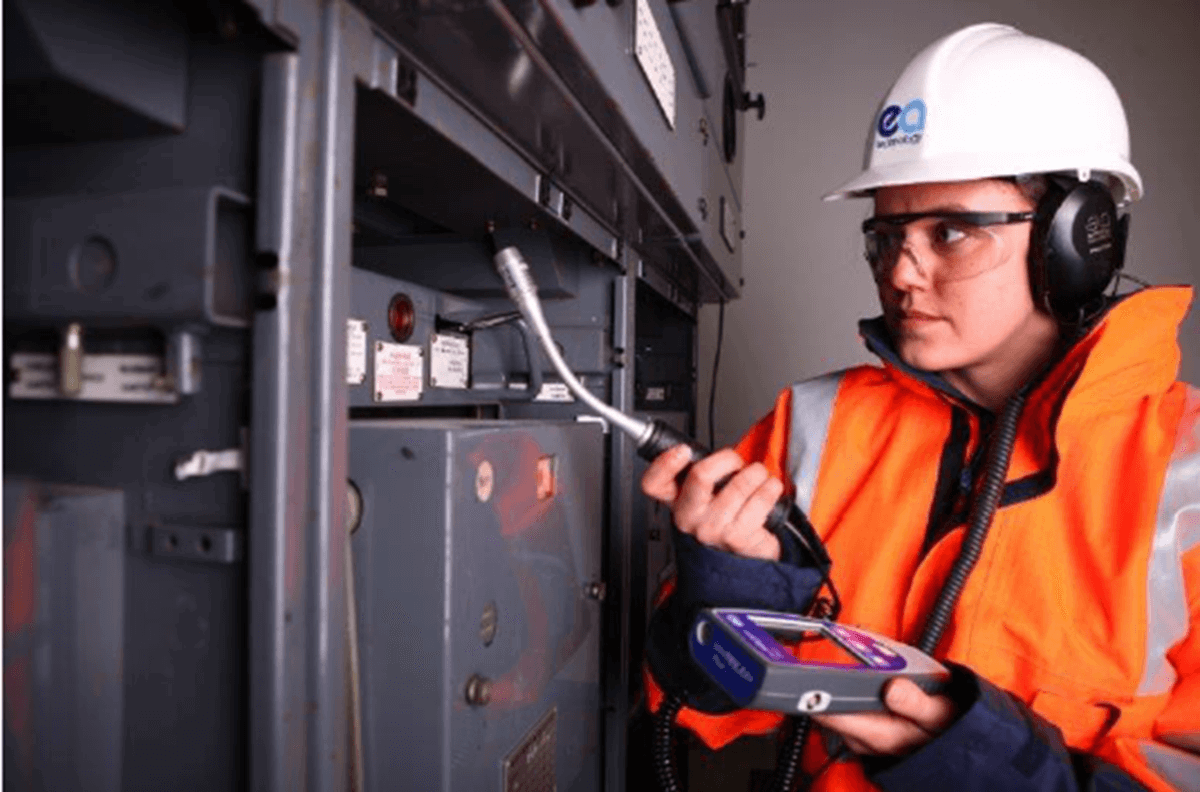Ultrasonic PD Detection: Airborne vs Contact Probes
-
13 November 2019
-
Brad Monaghan

When online PD testing, what are the differences between airborne probes and contact probes?
This is a common source of confusion as the two probes give varying results while aiming to detect the same defect: PD on the surface of insulation.
An example
The real world example above shows surface tracking on the outside of a piece of 11kV bus work. The surface tracking will be producing sound due to the many sparks occurring. If this piece of equipment was inside a fully enclosed, gasketed metal chamber, it is unlikely that the sound produced by these sparks would escape the chamber. It would therefore be unable to be detected via the airborne probe. This is where the contact probe should be used.
But… if there were airpaths such as gaps between metal panels, open bolts holes, open glands etc, the airborne probe would be used to detect this defect.
Theory of operation
The theory of operation differs between the ultrasonic contact probe and the ultrasonic airborne probe.
The airborne probe simply detects sound through the air. Think of the airborne probe as a microphone that a singer in a band would use. This is used when there is a direct airpath between the microphone and the HV equipment under test.

The contact probe effectively works by picking up the vibration of metalwork produced by sound waves from PD activity internal to an HV chamber. This probe is used when there is no airpath between the sensor and the HV equipment under test. Think of the contact probe as a stethoscope that a doctor would use to listen to a heartbeat. Useful for SF6, pitch and oil-filled chambers or fully enclosed chambers.

The takeaway
We recommend using the airborne probe as the primary testing device where airpaths are present. The contact probe should be used when there is no airpath into the HV equipment under test.
Tip: Beware that vibration of the switchgear itself or nearby equipment, electronics or noisy lightbulbs etc, could be giving phantom signals whilst using either probe.
